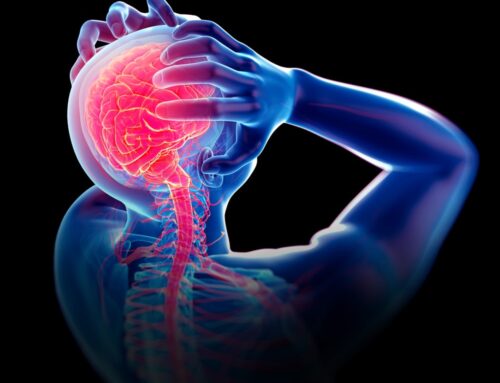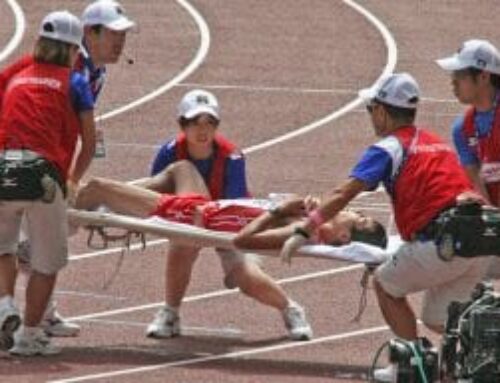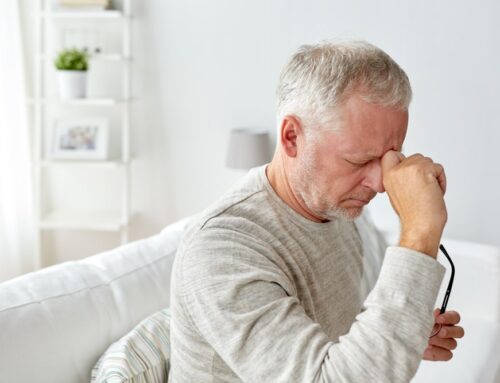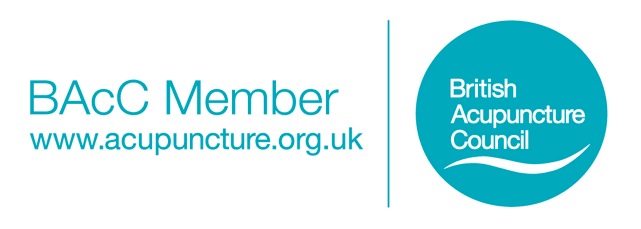Information released by NICE (National Institute for Health and Clinical Excellence) yesterday reported medication overuse is one of the most common causes of headaches affecting about one in fifty people and women are five times more likely to suffer from these types of headache.
Read the full guidance here
For Tension-type headache section 1.3.9 states “Consider a course of up to 10 sessions of acupuncture over 5-8 weeks for the prophylactic treatment of chronic tension-type headache.”
For Migraine with or without aura section 1.3.8 states “If both topiramaten and propranolol are unsuitable or ineffective, consider a course of up to 10 sessions of acupuncture over 5–8 weeks or gabapentino (up to 1200 mg per day) according to the person’s preference, comorbidities and risk of adverse events.”
From an evidence point of view NICE had the following to say:
A network meta-analysis of twelve studies comparing seven interventions suggested that topiramate is ranked as the best treatment, acupuncture, propranolol, and telmisartan as joint second best, divalproex 5th, placebo 6th and oxcarbazepine as the least effective treatment at reducing the number of migraine days. The effect size reported was good, with network meta-analysis showed acupuncture to be ranked joint second most effective treatment for reducing the number of migraine days.
Section 21 has one of the best descriptions of the differences between Chinese and Western Medicine:
“Therapeutic needling has been used since antiquity. Traditional Chinese Medicine (TCM) does not conform to orthodox clinical diagnosis which makes its translation into western medical practice challenging.”
All in all this is a great document to read (all 360 pages) and it sets out some good evidence for acupuncture and also highlights a lot of the failings in acupuncture research that still continue today, probably due to cost considerations. NICE examined the evidence and were rightly critical of some of the acupuncture research, that was excluded from the report due to quality issues, but I think came to the right conclusion and struck a good balance between cost effectiveness and patient choice.






